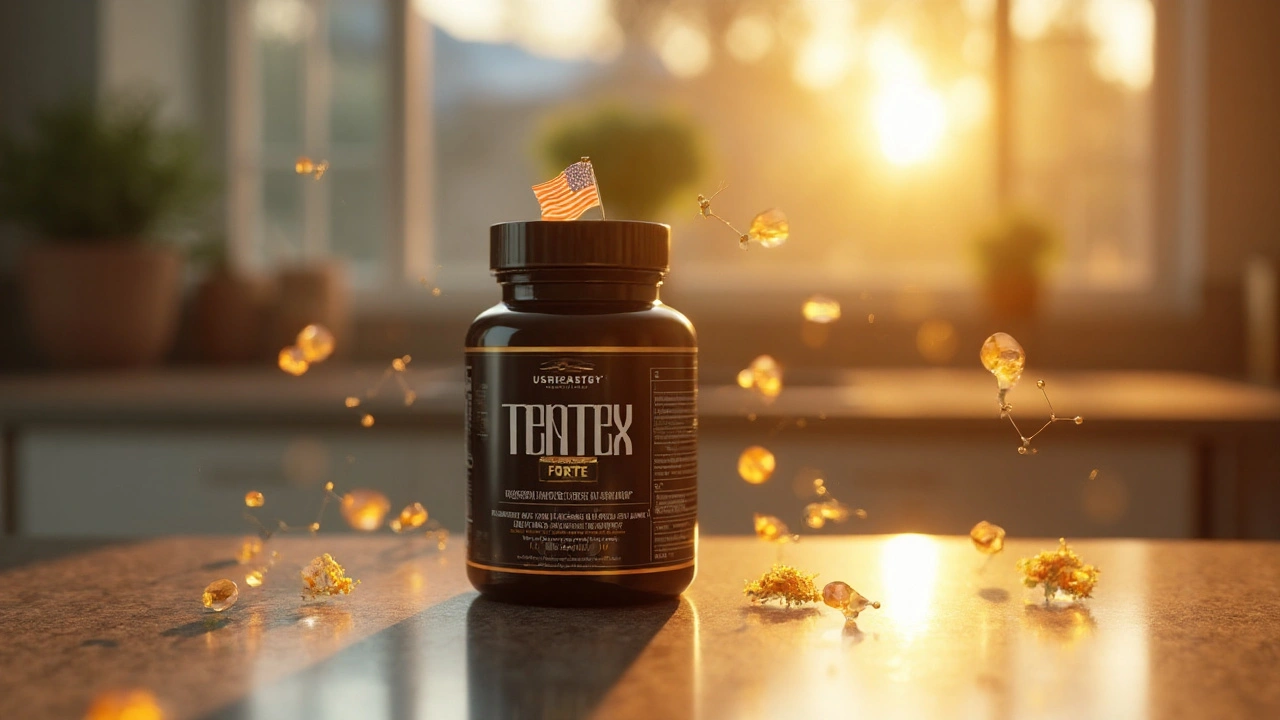Cowhage Supplement: What It Is, Benefits, and Safe Use
If you’ve seen the name "Cowhage" on a bottle and wondered what all the hype is about, you’re in the right spot. Cowhage comes from the seeds of the tropical legume Mucuna pruriens, a plant that’s been used for centuries in Ayurvedic medicine. Modern supplements take the active compounds from those seeds and wrap them into capsules or powders you can add to a smoothie. Below you’ll get the basics, the upside, and the safety pointers you need before you try it.
What’s Inside a Cowhage Supplement?
The star ingredient is L‑DOPA, a natural precursor to dopamine. Your brain turns L‑DOPA into dopamine, the neurotransmitter that helps with mood, motivation and motor control. Most high‑quality Cowhage products standardize the L‑DOPA content, typically delivering 50‑200 mg per serving. Besides L‑DOPA, the seed also contains small amounts of antioxidants, fiber, and a few amino acids that add modest nutritional value.
Top Health Benefits You Might Like
Because it boosts dopamine, many users report better mood and sharper focus after a few weeks. That’s why some athletes turn to Cowhage for a natural edge in endurance and recovery – dopamine can help with muscle coordination and reduce perceived effort. A handful of small studies suggest it may support blood‑sugar balance, likely thanks to the plant’s fiber content. People with early‑stage Parkinson’s have also tried it under doctor supervision, hoping the extra L‑DOPA eases tremors.
Keep in mind the benefits aren’t a magic cure. Effects vary a lot from person to person, and you’ll probably need consistent use for at least 2‑4 weeks to notice anything. If you’re looking for a gentle mood lift without caffeine, Cowhage can be a decent option.
How to Use Cowhage Safely
Start low. A common starter dose is 50 mg of L‑DOPA (often one half‑capsule) taken with food to ease any stomach upset. If you tolerate it well, you can slowly bump the dose up to 150 mg per day, split between morning and afternoon. Going beyond 200 mg isn’t usually needed and may raise the risk of side effects.
Watch for nausea, headache, or a jittery feeling – those are signs you’ve taken too much. Because it raises dopamine, Cowhage can interact with prescription meds that affect the same pathways, such as certain antidepressants or Parkinson’s drugs. Always check with a pharmacist or doctor before mixing it with prescription medicines.
Pregnant or nursing people should avoid it, as safety data is limited. If you have a history of heart problems, high blood pressure, or a mood disorder, get professional advice before starting.
Buying Tips and What to Look For
Choose a brand that lists the exact L‑DOPA content per serving and provides third‑party testing results. Badly labeled products can contain far less (or far more) than advertised, which defeats the purpose of a controlled supplement. Look for certifications like USP, NSF, or a reputable lab report on the product page.
Store your Cowhage in a cool, dry place and keep the lid tightly closed. The seeds can oxidize over time, which reduces potency. Use the product within the manufacturer’s shelf‑life, usually 12‑24 months after opening.
In a nutshell, Cowhage supplement offers a natural way to boost dopamine‑related functions, but it works best when you start low, watch for reactions, and pick a trustworthy brand. Give it a try for a few weeks, track how you feel, and decide if the subtle lift is worth keeping in your daily routine.
Tentex Forte Comparison: Key Ingredients, Benefits, and Top Alternatives
- Cheryl Moran
- September 24, 2025
- 20 Comments
A detailed look at Tentex Forte, its core ingredients, how it stacks up against leading testosterone boosters, and which alternatives might fit your needs.
read more